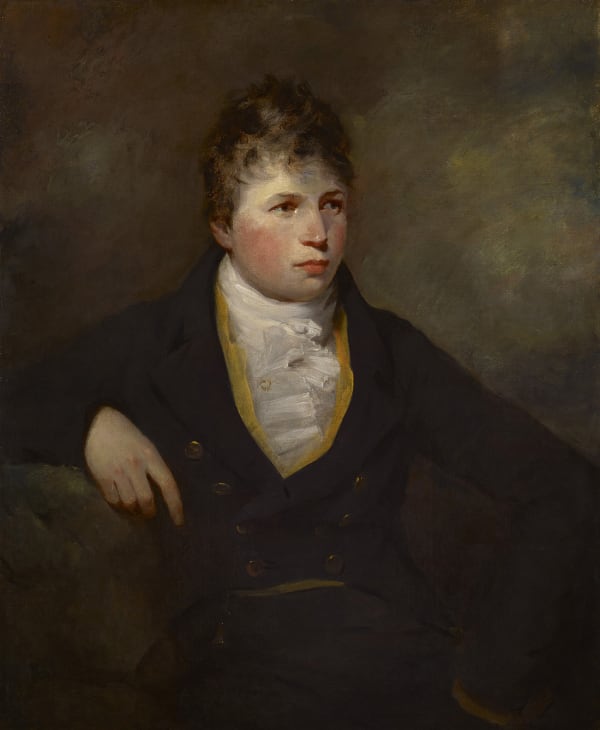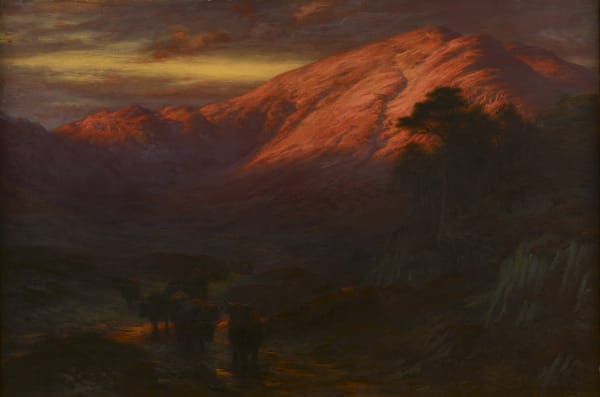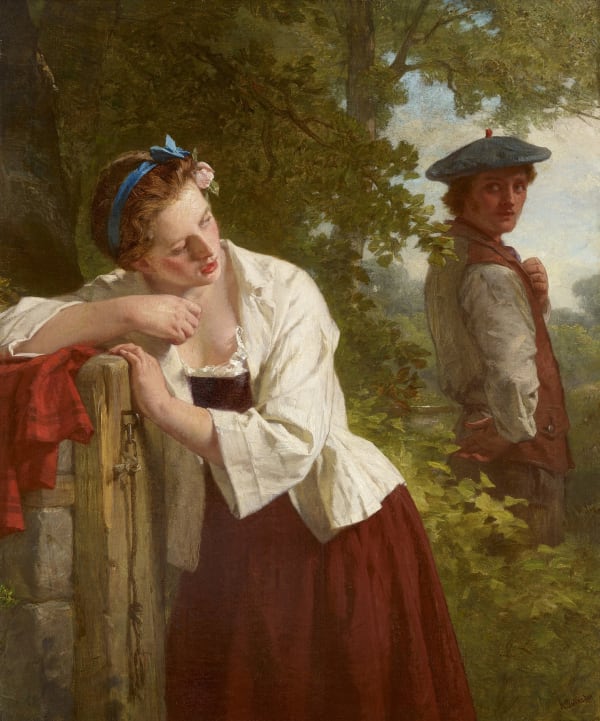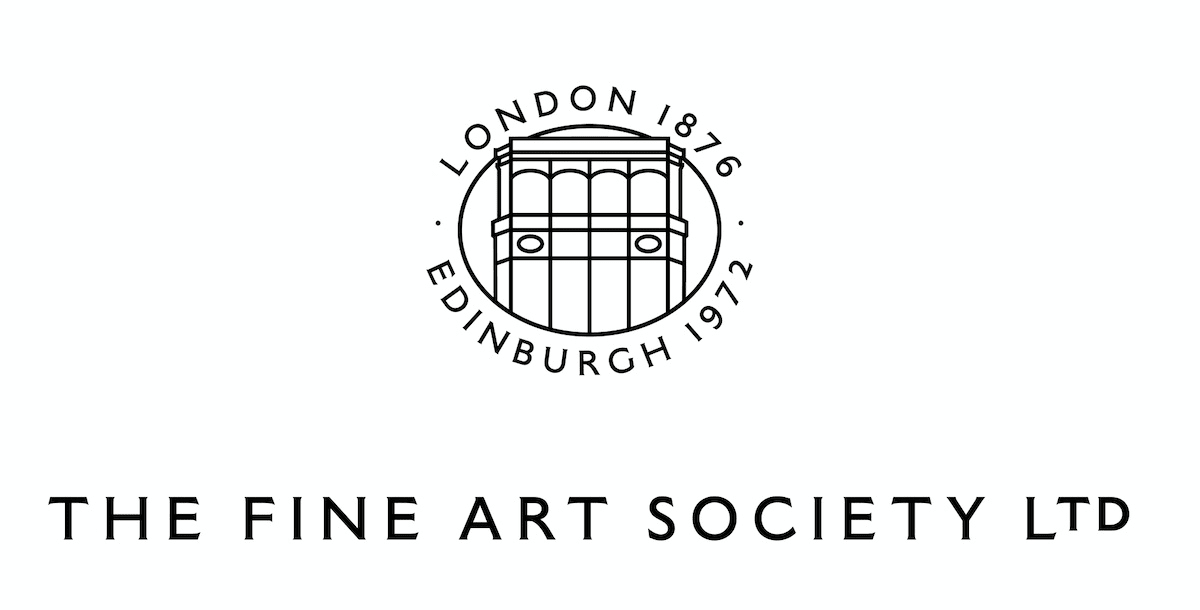SCOTTISH NATIONAL IDENTITY IN ART
-
-

Allan Ramsay, Portrait of a young lady
-
-

Alexander Nasmyth HRSA, Elcho Castle from the Tay
-
With the advent of modernism at the beginning of the twentieth century, alongside the turbulent social and political changes that faced much of Europe, a chasm opened up for a more progressive form of art. For Scottish artists, this transpired towards a decisive rejection of tartanry and the Kailyard. In a period when associated myths and romanticism of Scotland were being dispelled, Scottish art sought to discover a new national identity beyond the ‘constraints’ of the Union. Scottish artists were, and are, a disparate lot, and although there were groups and schools and movements, there are also individuals who were fiercely independent. The ‘Scottishness’ of Scottish art is elusive, but it clearly exists in the sheer enjoyment of painting.
-
-
CLICK HERE TO SIGN UP TO RECEIVE THE FINE ART SOCIETY'S JOURNAL










